The Guide to the American Samoa Language: Gagana Samoa
American Samoa is home to two official languages: Samoan and English. While English is the language that will help you get by in American Samoa, Samoan (or "Gagana Samoa" in Samoan) is the native language and the language widely used by locals.
You’re bound to encounter plenty of Samoan words and phrases during your getaway, from people greeting you with “talofa” to riding the “aiga” buses to avoiding swimming near an "ava".
Learn a little about the Samoan language in this quick guide to the language of Samoa.
Table of Contents
5 Fun Facts About the Samoan Language
- The Samoan alphabet consists only of 14 letters; five vowels and nine consonants.
- The Samoan language, as it's known in Samoan is "Gagana Samoa".
- There are long vowels used in Samoan which can vastly change the meaning of the word.
- The language closest to Samoan is Tongan.
- Samoan is thought to be one of the oldest surviving Polynesian languages.
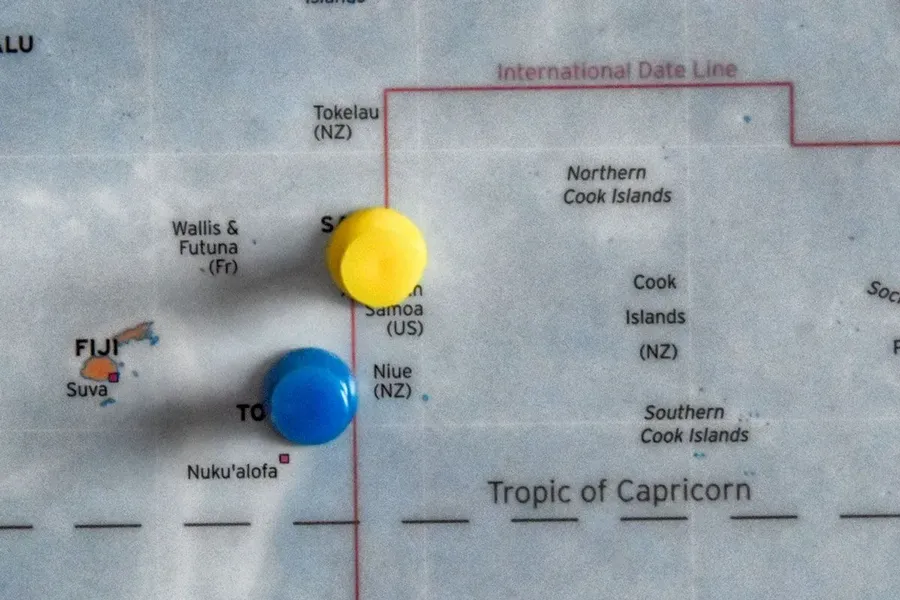
Where Does Samoan Come From?
For those of you who like a bit of context, Samoan is part of a Polynesian branch of the huge Austronesian family of languages. Its closest relative languages are Māori, Hawaiian, Tahitian Ma'ohi and especially Tongan.
Samoan was traditionally a spoken language with no phonetic written form until missionaries wrote the language in the 1830s.
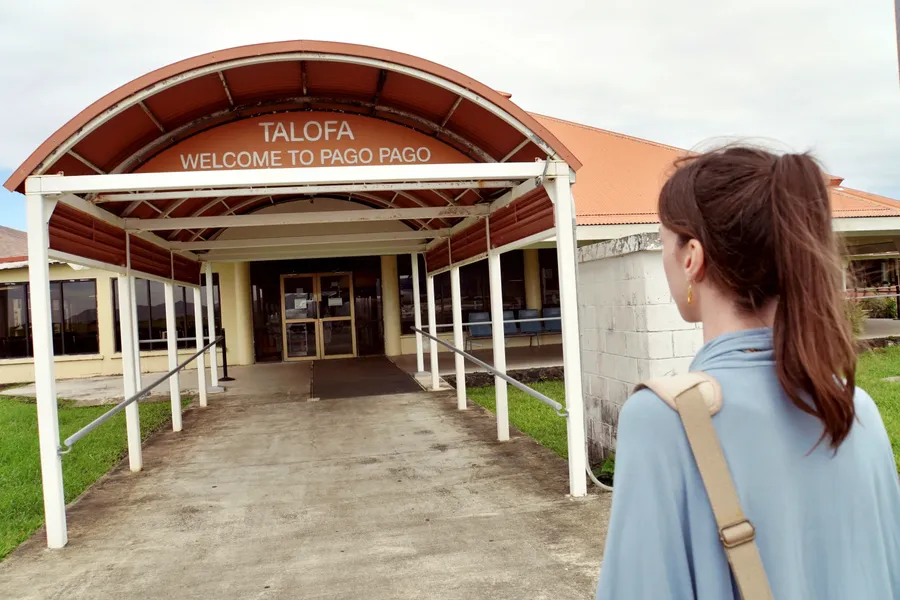
Pronunciations in American Samoan
The first thing to know about pronunciations in American Samoa/Samoan is that there are only 14 letters in the Samoan alphabet: a, e, i, f, g, l, m, n, o, p, s, t, u and v. The letters k, h and r are also used for colloquial language and foreign loan words.
How to Pronounce Consonants in American Samoan
Consonants are pronounced the same as they are in English, with the exception of the letter "g", which is pronounced "ng" and has a soft pronunciation, similar to the sound in the middle of the word "singing". For example, the word "palagi" (meaning a white person) is pronounced "pa-lang-i".
How to Pronounce Vowels in American Samoan
Samoan vowels are pronounced like the following:
- A as in "far"
- E as in "let"
- I as in "sit"
- O as in "hot"
- U as in "full"
The thing to note about Samoan vowels is the long and short vowel variants. Long vowels will be marked with a macron, which looks like: ā, ē, ī, ō and ū. However, you won't always see the most accurate spellings for words that should have a macron vowel; vowel pronunciation is something you'll usually learn with time.
How to Pronounce the Glottal Stop
The glottal stop is the apostrophe before or between vowels, such as in "fa'afetai", the word for thank you or "'aiga", the word for family. In Samoan, the glottal stop represents a closing of the throat in between the vowel sounds, instead of sounding the vowels in one flowing sound. So "fa'afetai" is pronounced "fa-ah-feh-tie".
Stress on the Second-to-Last Syllable
One final thing to note about Samoan pronunciation is that stress is normally placed on the second-last syllable.
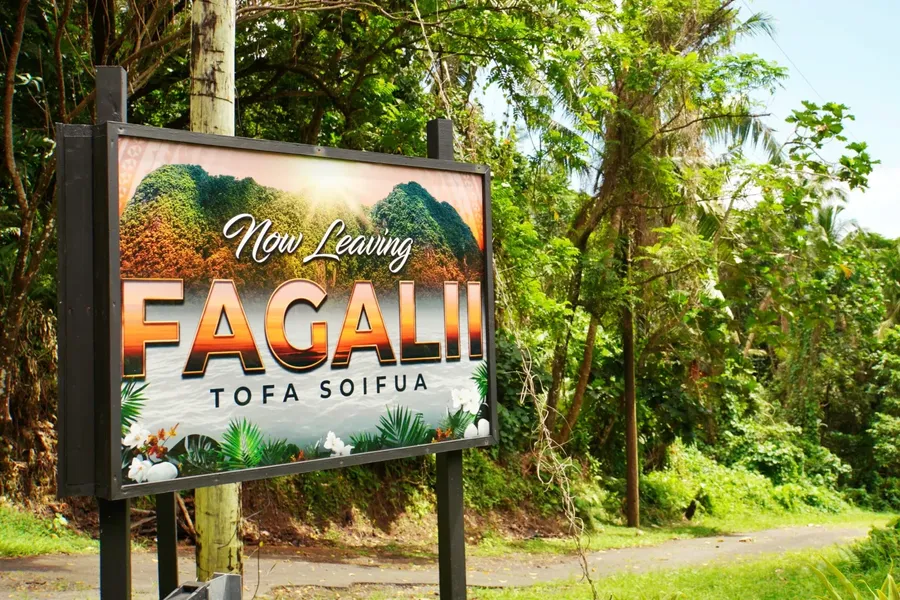
Samoan Words and Phrases to Know
Although English is spoken with pride in American Samoa, efforts to speak the local language are typically appreciated. What's more, locals living in rural areas and especially the older generation are unlikely to be fluent in English, so knowing a few Samoan words is handy in these instances.
Here are some Samoan words and phrases to try out…
Basic Phrases in American Samoan
Hello – Talofa!
Yes – Ioe
No – Leai
Please – Fa'amolemole
Thank you – Fa'afetai
Thank you very much – Fa'afetai tele
Goodbye – Tofa soifua
Bye – Tofa/Fa
Places in American Samoan
Beach – Matafaga
House – Fale
Church – Falesa
Shop – Faleoloa
Sea – Sami
Reef – Aau
Mountain – Mauga
Island – Motu
Village – Nu'u
Food and Drink in American Samoan
Fish - I'a
Dolphinfish/Mahimahi - Masimasi
Palolo viridis - Palolo (edible worm)
Octopus - Fe'e
Meat - Fasi Povi
Chicken - Moa
Pork - Puaa
Fruit - Fuala'au aina
Taro - Talo (tropical root vegetable)
Breadfruit - 'Ulu
Umu - Earth oven
Water - Vai
Coffee - Kofe
Tea - Ti
Liquor - 'Ava malosi
Milk - Susu
Wine - Uaina
Now that you know the important words, check out how to say some iconic Samoan meals in the Traditional American Samoan Food: 10 Foods to Try in American Samoa.
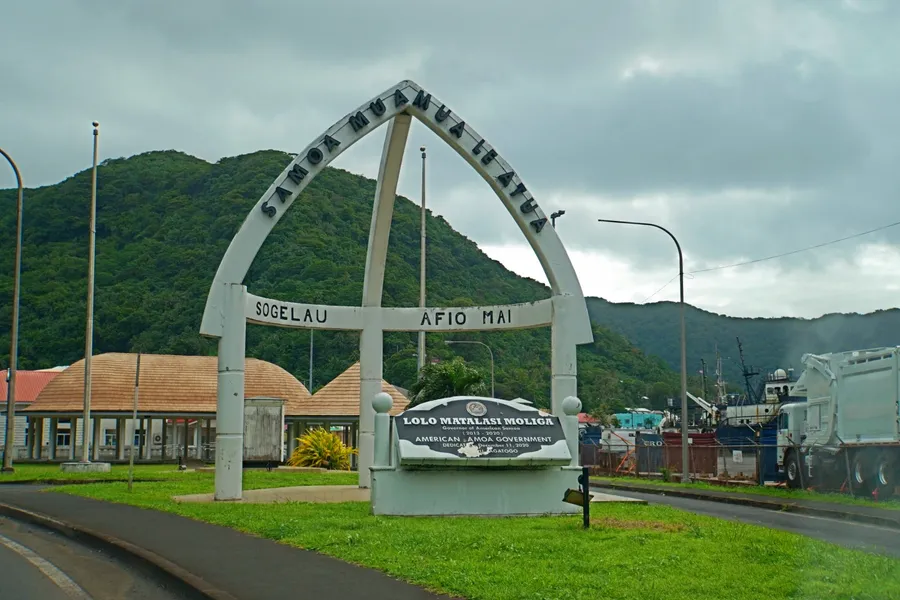
Frequently Asked Questions About Languages in American Samoa
Now that you know about the linguistic landscape of American Samoa, here are the answers to the internet's frequently asked questions about languages spoken in American Samoa!
What Languages Are Spoken in American Samoa?
The two official languages of American Samoa are Samoan and English. Samoan is the traditional language and is widely spoken in daily life, whilst English is used in government, education and business. Most residents are bilingual and can communicate in both languages.
Is English Widely Spoken in American Samoa?
Yes, English is widely spoken throughout American Samoa as it's one of the two official languages. It's used in schools, government offices, businesses and tourist areas. Most locals speak English fluently, making it easy for English-speaking visitors to communicate.
Do I Need to Learn Samoan to Visit American Samoa?
No, you don't need to learn Samoan to visit American Samoa. English is widely spoken and understood throughout the territory. However, learning a few basic Samoan phrases like talofa (hello) and fa'afetai (thank you) is appreciated by locals and can enhance your cultural experience.
What Is the Difference Between Samoan and American Samoan Language?
There is no difference between the Samoan language spoken in American Samoa and independent Samoa - it's the same language. Both territories speak the same Samoan language with the same grammar, vocabulary and pronunciation.
How Do You Say Hello in Samoan?
Hello in Samoan is talofa (pronounced "tah-low-fah"). This is the most common greeting used throughout American Samoa and is appropriate for any time of day. You might also hear talofa lava, which is a more formal or emphatic version of hello.
Are There Any Other Languages Spoken in American Samoa?
Whilst Samoan and English are the official languages, you may occasionally hear other Pacific Island languages spoken by immigrant communities, such as Tongan or Fijian. However, these are not widely spoken, and Samoan and English remain the primary languages of communication throughout the territory.

Editor's Choice
Adventures Unlimited
Discover Pago Pago Harbor like never before on our unique waterbike adventure! Pedal across sheltered waters on innovative twin-hull waterbikes that keep you perfectly stable while we explore...
More About the Culture and Language of Samoa
That's it for our quick guide to the language of American Samoa. For more American Samoa wisdom, take a look at these similar articles:
- A Traveller's Guide to the American Samoa Culture
- The Guide to the Religions in American Samoa LINK
- American Samoan Etiquette: Samoa Customs & Traditions
And if you're planning a trip to American Samoa, don't miss our American Samoa Travel Tips: 30 Tips for Travelling in American Samoa.




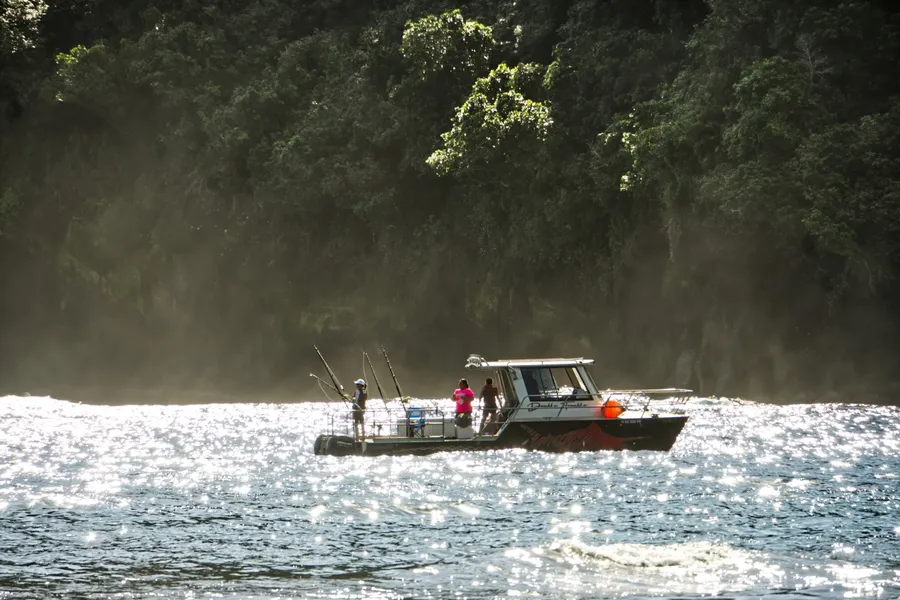
%20CREDIT%20AmericanSamoaPocketGuide.com-900x600.webp?v=2025-09-14T20%3A12%3A37.565Z)